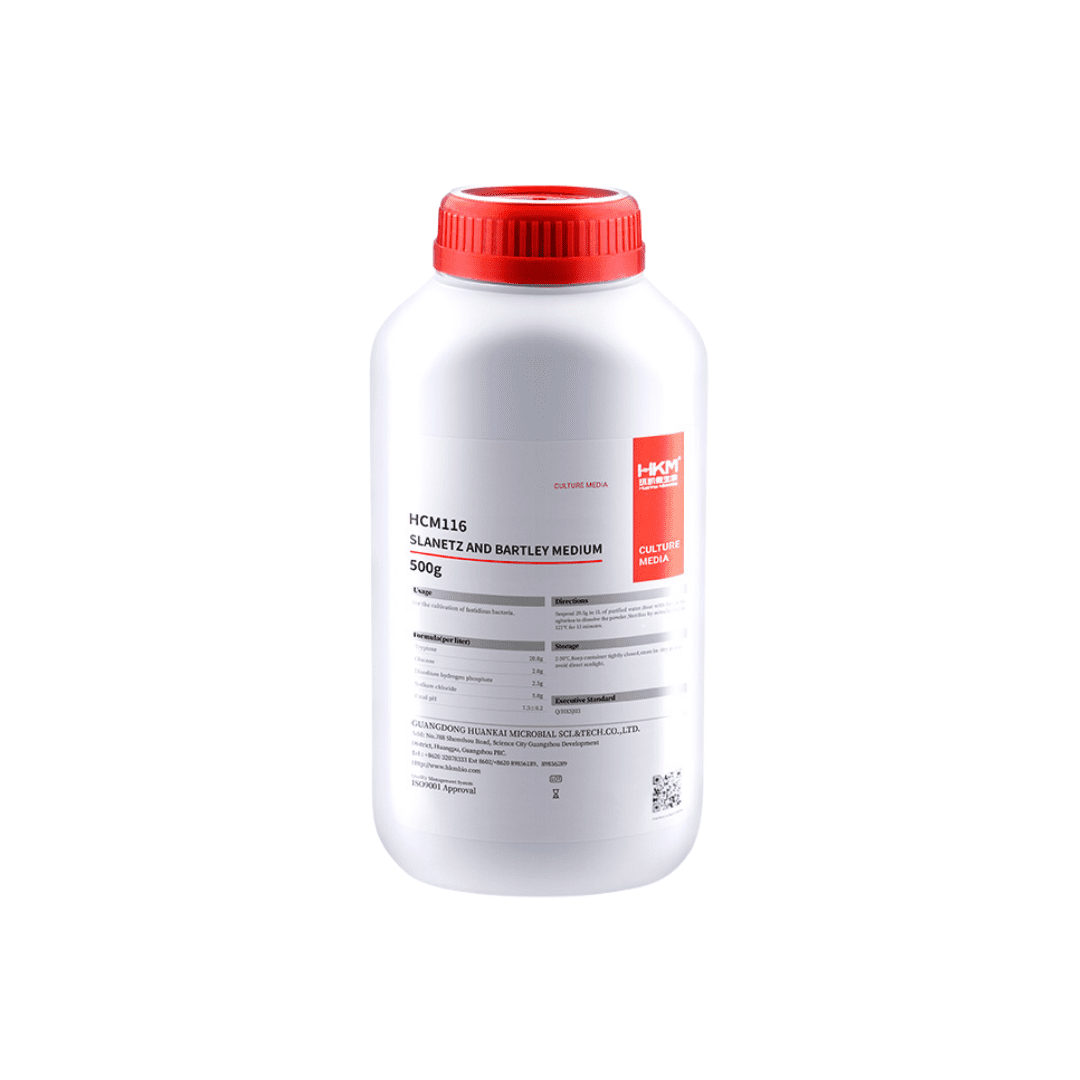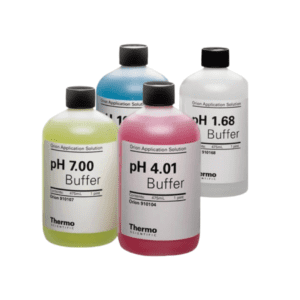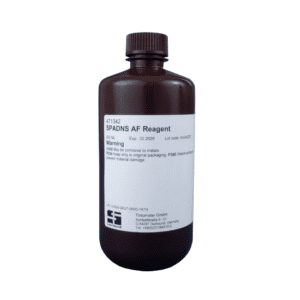Dehydrated Culture Media
Description
General Laboratory Chemicals – Dehydrated Culture Media: Convenient and Reliable Media for Microbial Cultivation
Dehydrated culture media are essential tools in microbiology laboratories for the cultivation of a wide range of microorganisms. These media are provided in a powdered form, which can be easily rehydrated with water or other suitable solvents before use. The benefit of dehydrated media lies in its long shelf life, consistency in formulation, and ease of transportation and storage.
These dehydrated media are formulated with specific nutrients, vitamins, and minerals that support the growth of various microorganisms, including bacteria, fungi, and yeast. After rehydration, they provide the necessary environment for the isolation, identification, and enumeration of microorganisms in clinical, environmental, and industrial microbiology settings.
Dehydrated culture media are often used for routine microbiological tests, including bacterial growth, fungal growth, pathogen detection, antibiotic susceptibility testing, and quality control in manufacturing processes. They are widely used in clinical diagnostics, food safety, pharmaceuticals, water and environmental testing, and research applications.
These media are convenient because they are pre-prepared with specific nutrients required for microorganism growth, allowing labs to save time in formulation preparation. Moreover, the use of dehydrated culture media ensures a sterile, contaminant-free environment for growing microorganisms, which is crucial for the accuracy of tests and the integrity of research.
Applications of Dehydrated Culture Media:
- Microbial Identification: Dehydrated media provide the necessary nutrients to support the growth of microorganisms for identification and study.
- Antibiotic Sensitivity Testing: These media are used to determine microbial resistance or susceptibility to various antibiotics.
- Food and Beverage Microbiological Testing: Essential for testing food and beverage products for the presence of pathogens.
- Environmental Microbiology: Used to test environmental samples like soil, water, and air for microbial contamination.
- Pharmaceutical Industry: Employed in the manufacturing of pharmaceutical products to test for microbial contamination and ensure product safety.
Comprehensive List of Products in the Dehydrated Culture Media Category:
- Agar-based Media:
- Applications: Provides solid media for the cultivation of a wide range of microorganisms.
- Industries: Microbiology, clinical diagnostics, food safety, pharmaceutical testing.
- Examples: Nutrient Agar, MacConkey Agar, Sabouraud Dextrose Agar, Potato Dextrose Agar, Blood Agar.
2. Broth Media:
- Applications: Used for the cultivation of microorganisms in liquid form.
- Industries: Clinical, environmental testing, research.
- Examples: Nutrient Broth, Brain Heart Infusion Broth, Tryptic Soy Broth, Luria Bertani Broth.
3. Selective Media:
- Applications: Media designed to favor the growth of a specific group of microorganisms while inhibiting others.
- Industries: Microbial identification, pharmaceutical testing, food industry.
- Examples: MacConkey Agar (for Gram-negative bacteria), XLD Agar (for enteric pathogens), Cetrimide Agar (for Pseudomonas species).
4. Differential Media:
- Applications: Media that allows for the differentiation of microorganisms based on their metabolic activity or biochemical properties.
- Industries: Pathogen detection, clinical diagnostics, research.
- Examples: Eosin Methylene Blue Agar (EMB), Mannitol Salt Agar, Hektoen Enteric Agar.
5. Enrichment Media:
- Applications: Media that supports the growth of specific microorganisms, often used to enhance the growth of microorganisms present in low numbers in a sample.
- Industries: Microbiological research, clinical testing, environmental monitoring.
- Examples: Selenite F Broth, Tetrathionate Broth, Listeria Enrichment Broth.
6. Chromogenic Media:
- Applications: Specially formulated media that allows the identification of microorganisms by color changes in colonies.
- Industries: Food safety, environmental testing, clinical diagnostics.
- Examples: Chromogenic Salmonella Agar, Chromogenic E. coli Agar.
7. Plated Media for Pathogen Detection:
- Applications: Used to selectively grow pathogens from clinical and environmental samples for further analysis.
- Industries: Clinical diagnostics, food safety, water quality.
- Examples: Salmonella-Shigella Agar, E. coli O157:H7 Agar, Listeria Monocytogenes Agar.
8. Enteric Media:
- Applications: Specially formulated media for the growth of enteric (gut-associated) bacteria, including pathogens.
- Industries: Food and beverage microbiology, clinical diagnostics.
- Examples: Brilliant Green Agar, Bismuth Sulfite Agar, Tetrathionate Broth.
9. Selective and Differential Media:
- Applications: Combines the principles of both selective and differential media to grow and differentiate between different microbial groups.
- Industries: Clinical diagnostics, environmental monitoring, research.
- Examples: MacConkey Agar, Salmonella-Shigella Agar, Hektoen Enteric Agar.
10. Specialized Media for Specific Organisms:
- Applications: Used for the cultivation of specific microorganisms such as fungi, yeasts, or fastidious bacteria.
- Industries: Clinical diagnostics, environmental research, pharmaceutical microbiology.
- Examples: Sabouraud Dextrose Agar (for fungi), Chocolate Agar (for fastidious bacteria like Neisseria), Buffered Charcoal Yeast Extract Agar (for Legionella).
Conclusion:
Dehydrated culture media are essential components in microbiology laboratories for cultivating and studying microorganisms. They offer a convenient, cost-effective solution for routine microbial testing and research, providing high-quality nutrient formulations that ensure consistent, reproducible results. These media are crucial in a wide variety of applications, including clinical diagnostics, food safety, pharmaceutical testing, and environmental monitoring. The ability to store these media in a dehydrated form without compromising the quality of results makes them an indispensable tool in laboratories worldwide.





